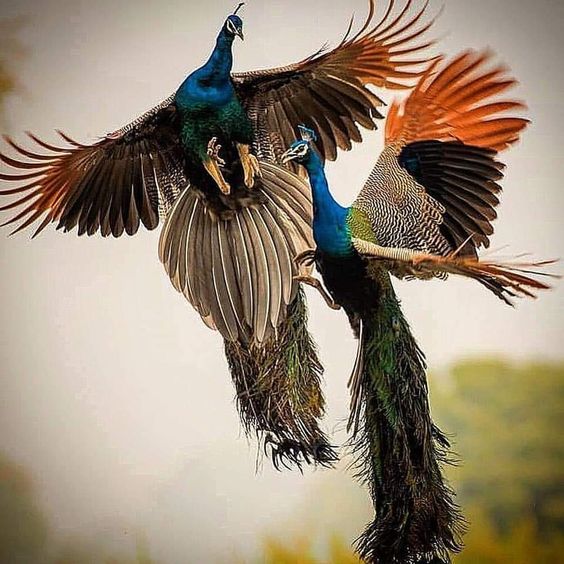The Asian peacock has been a beloved spectacle in various cultures for centuries due to its vibrant colors and intricate patterns. In this blog post, we will delve into the beauty of this bird and explore the reasons behind its revered status.
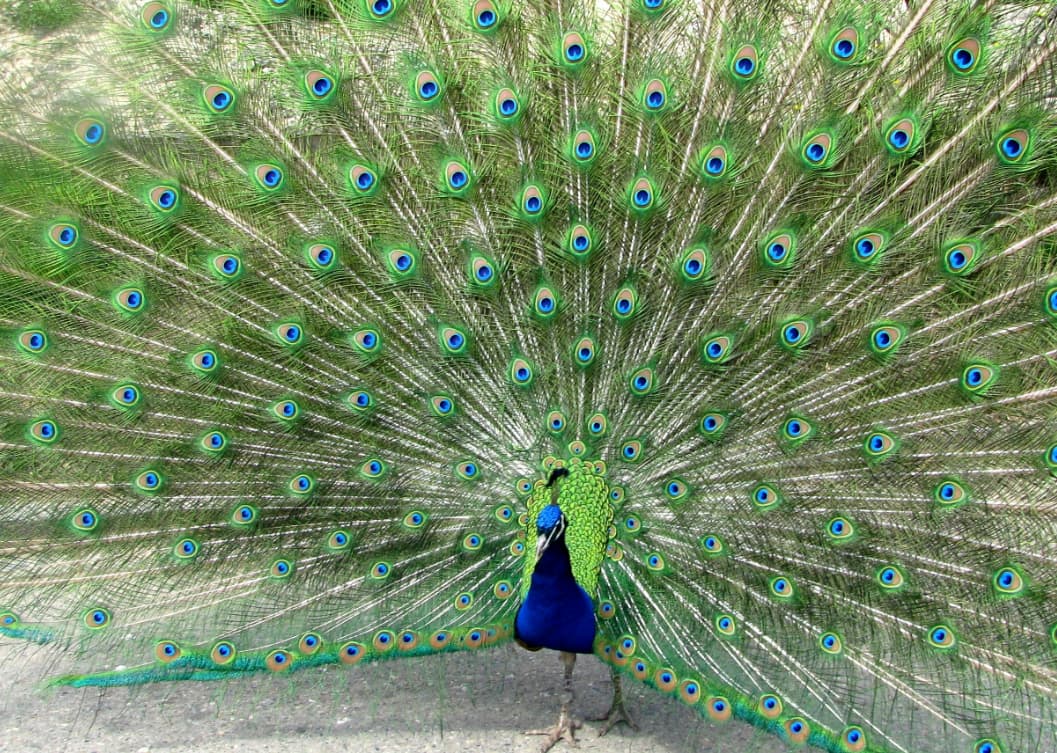
One cannot help but be captivated by the stunning plumage of the Asian peacock. The male of the species, in particular, displays an array of vibrant and striking colors that are truly mesmerizing. However, it is the bird’s long and flowing tail feathers, known as the train, that undoubtedly steal the show and leave us in awe. Indeed, they are one of the most breathtaking features found in the natural world.
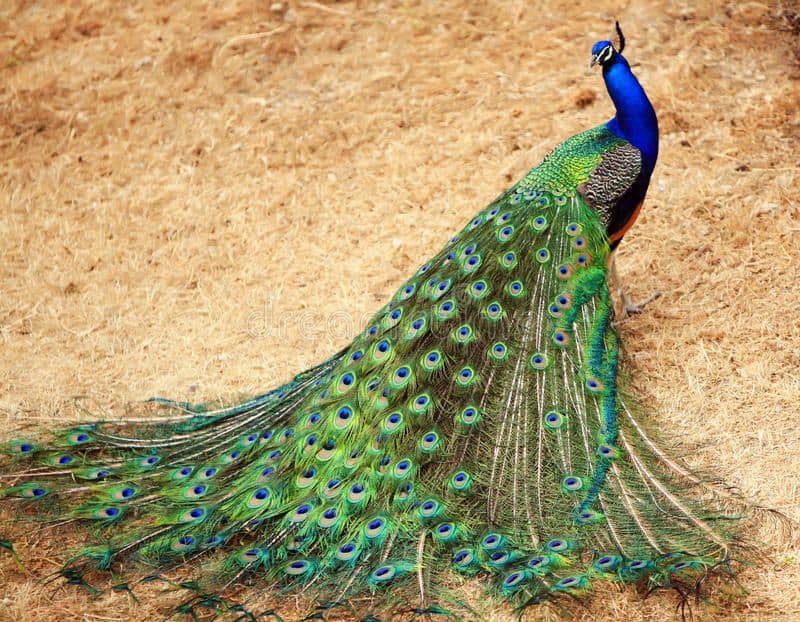
The bird’s train, which can reach up to six feet in length, is adorned with a shimmering array of iridescent feathers that glimmer beautifully in direct sunlight. These feathers come in a range of hues, including deep blues, greens, rich golds, and oranges, and are arranged in a distinctive pattern that is unique to each individual bird.
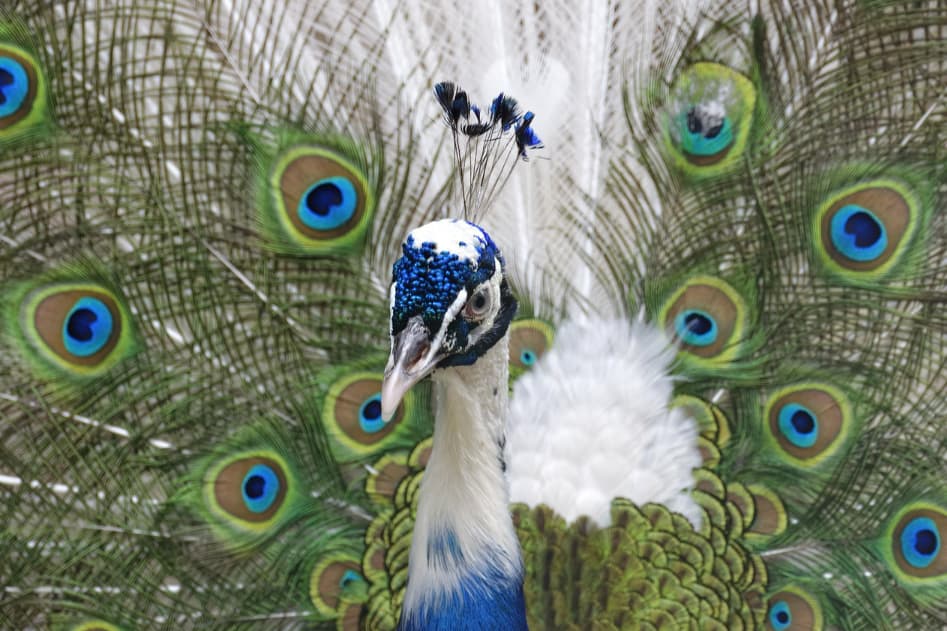
The peacock’s tail feathers not only serve as a stunning visual display but also have a practical purpose. During mating season, the male peacock shows off his tail feathers to attract potential mates. He spreads his feathers and struts around, creating a captivating show of color and movement that is impossible to ignore.
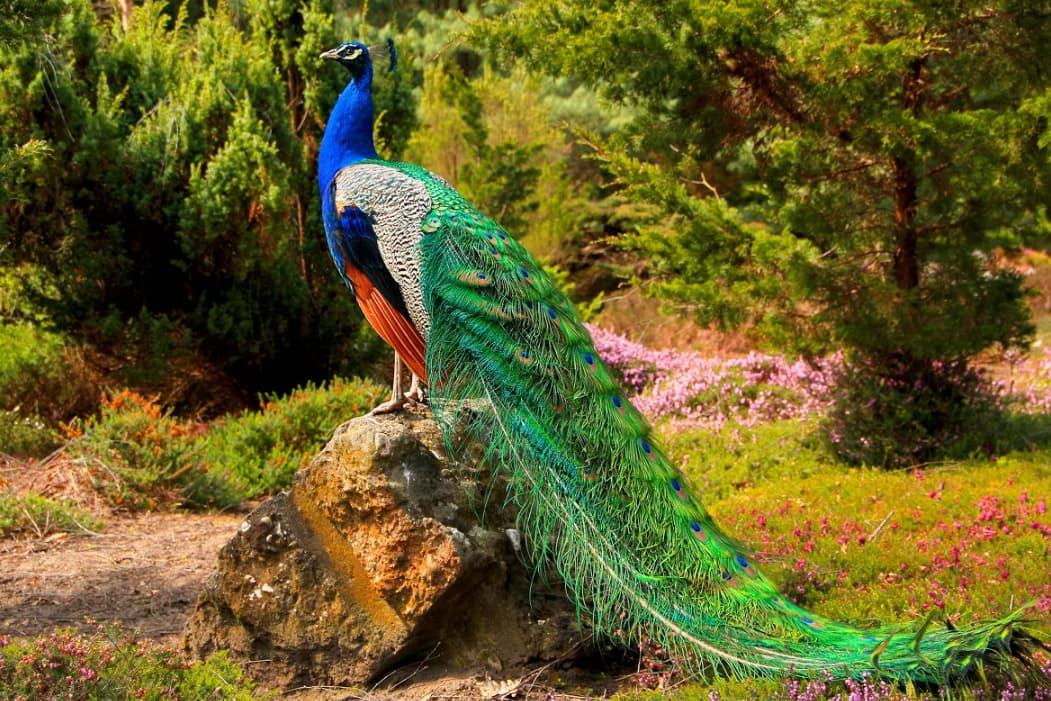
The male peacock’s impressive train serves as a key factor in the female’s choice of mate. The process, known as sexual selection, has been extensively studied by scientists as an example of how beauty can evolve through natural selection. However, the peacock’s beauty isn’t limited to its train. Its head and neck are covered in feathers that boast a stunning blue-green hue, while its body is adorned with a rich brown color. The feathers on the male’s head are particularly striking, forming a crest that can be raised or lowered depending on the bird’s mood.
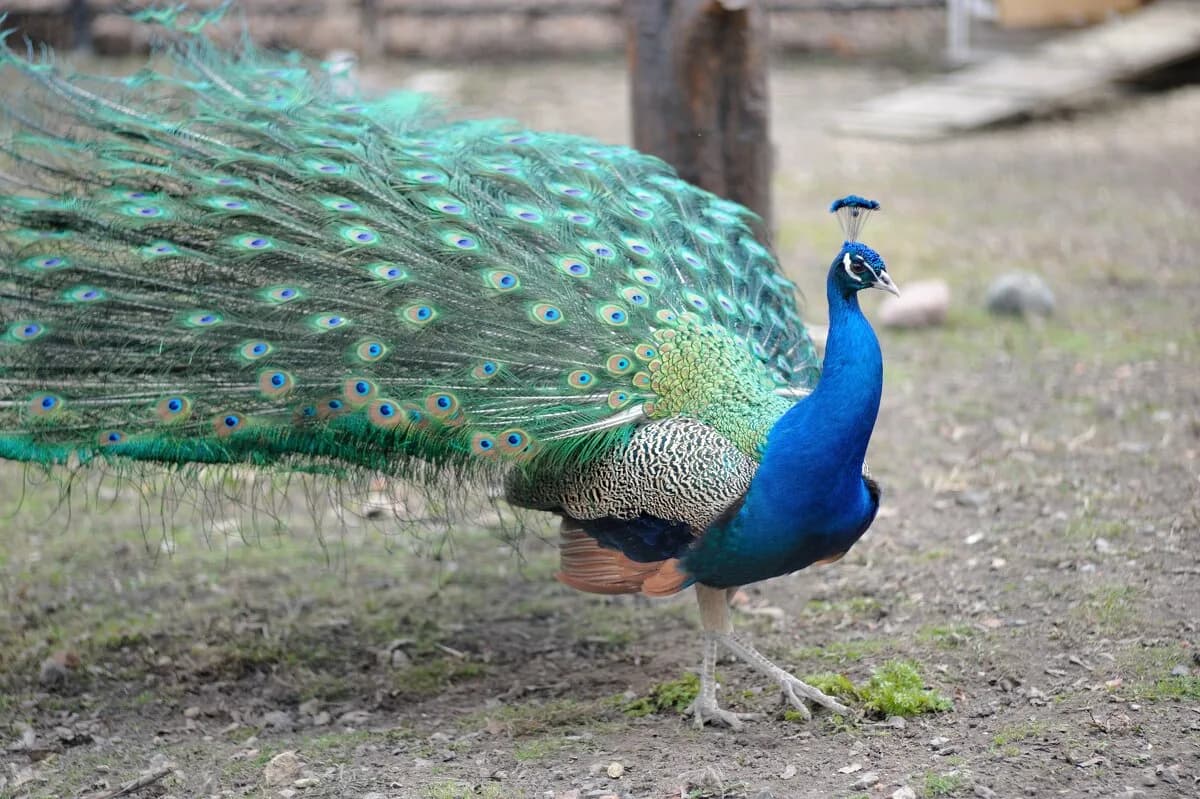
The peacock’s beauty is enhanced by its eye-catching eyespots, circular patterns resembling actual eyes that can be found on both its body and train feathers. These striking spots are usually a deep blue or green hue, surrounded by a ring of bronze or gold. It’s thought that these spots serve as a protective mechanism to startle predators and give the peacock a chance to flee.
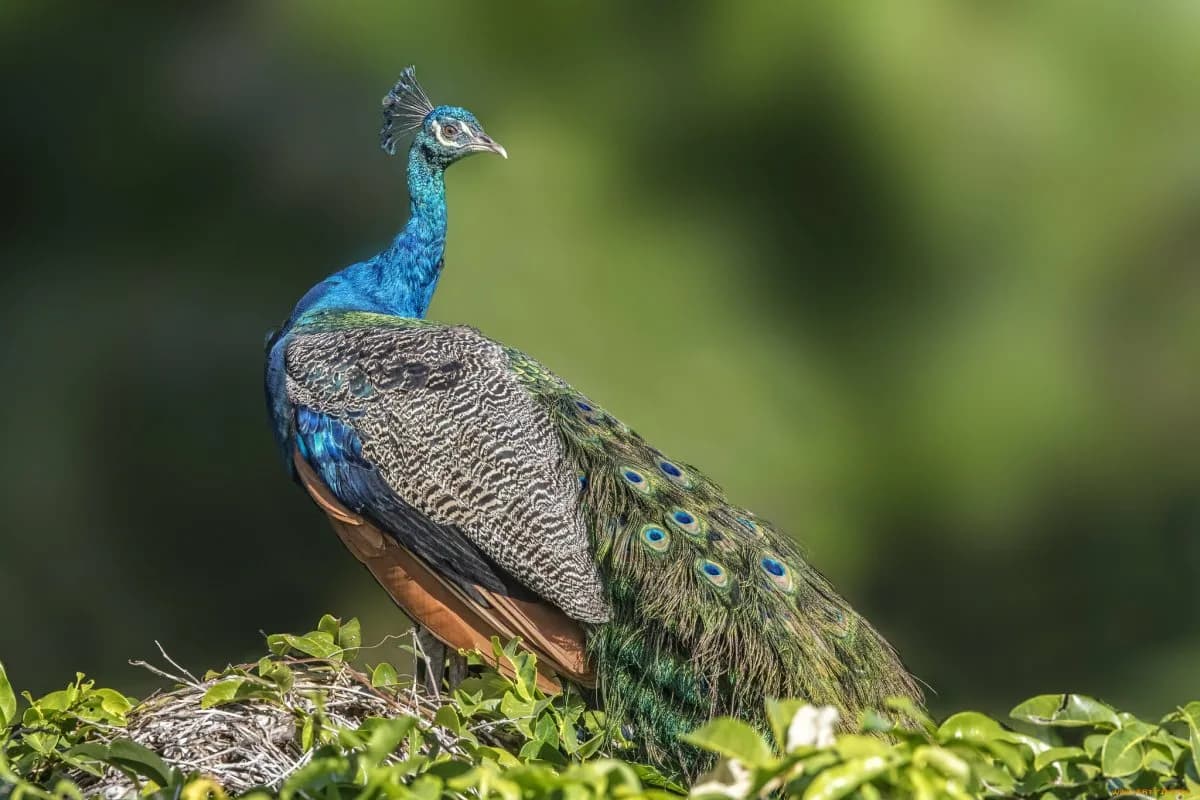
The Asian peacock is not only visually stunning but also a significant cultural symbol in various regions across the world. It has been depicted in art, literature, and mythology for centuries, representing beauty, grace, and wisdom. According to Hindu mythology, the peacock is linked with the deity of thunder and serves as a symbol of safeguarding and prosperity.
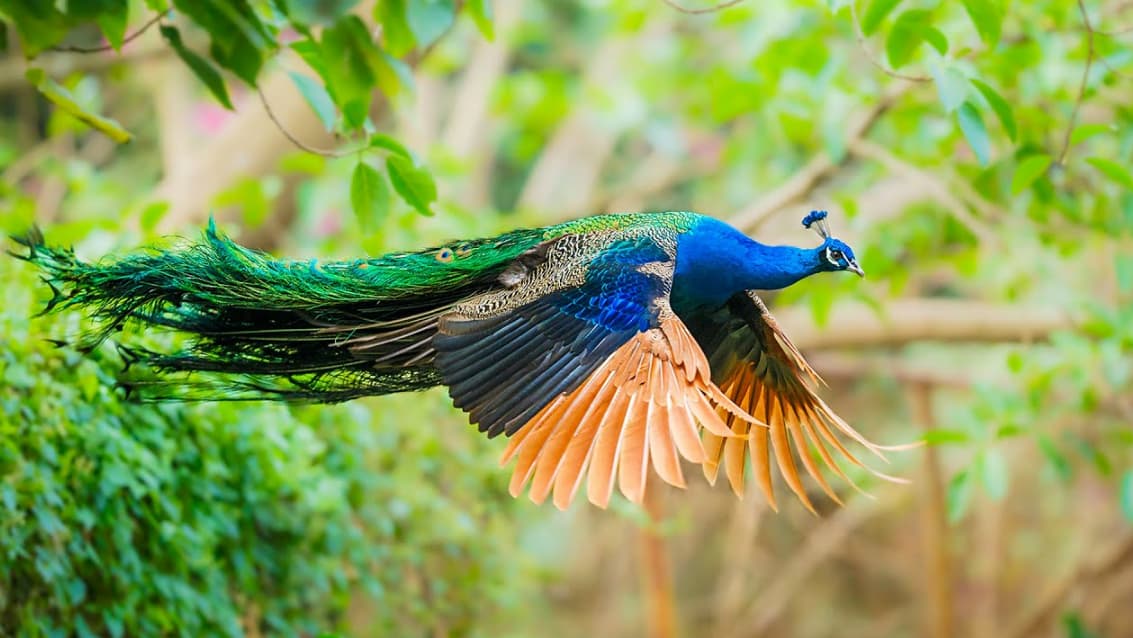
The Chinese culture has a deep-rooted association with birds, which symbolize beauty, good luck, and happiness. Among the various birds in Asia, the peacock is one of the most popular subjects in art and photography. With its vibrant colors and intricate patterns, the bird has captivated numerous artists and photographers who have portrayed its beauty in various mediums. From photographs showcasing the peacock in all its splendor to paintings capturing the intricate details of its feathers, the Asian peacock has inspired countless artists throughout history.
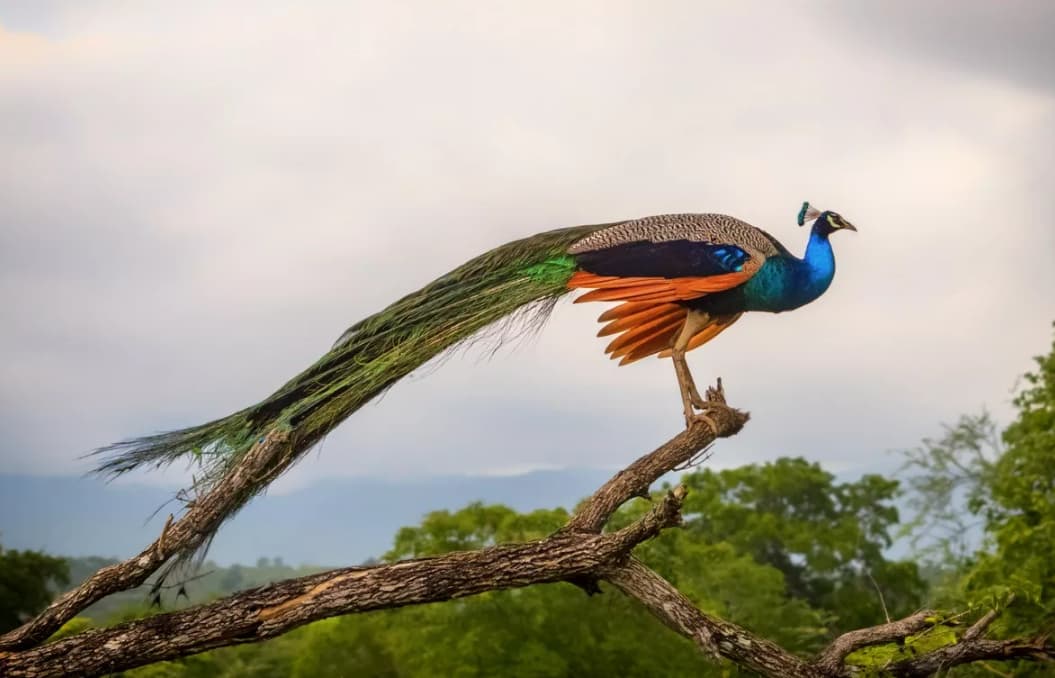
One fascinating aspect of the Asian peacock is its ability to alter the color of its feathers. The feathers may appear dull brown when the bird is not displaying its train, but when it fans out its feathers, the colors become much more vivid and striking. This remarkable feature is attributed to the structure of the feathers which comprise tiny microstructures reflecting light differently. The peacock can achieve a stunning display of colors that leaves one breathless by adjusting the angle of its feathers.
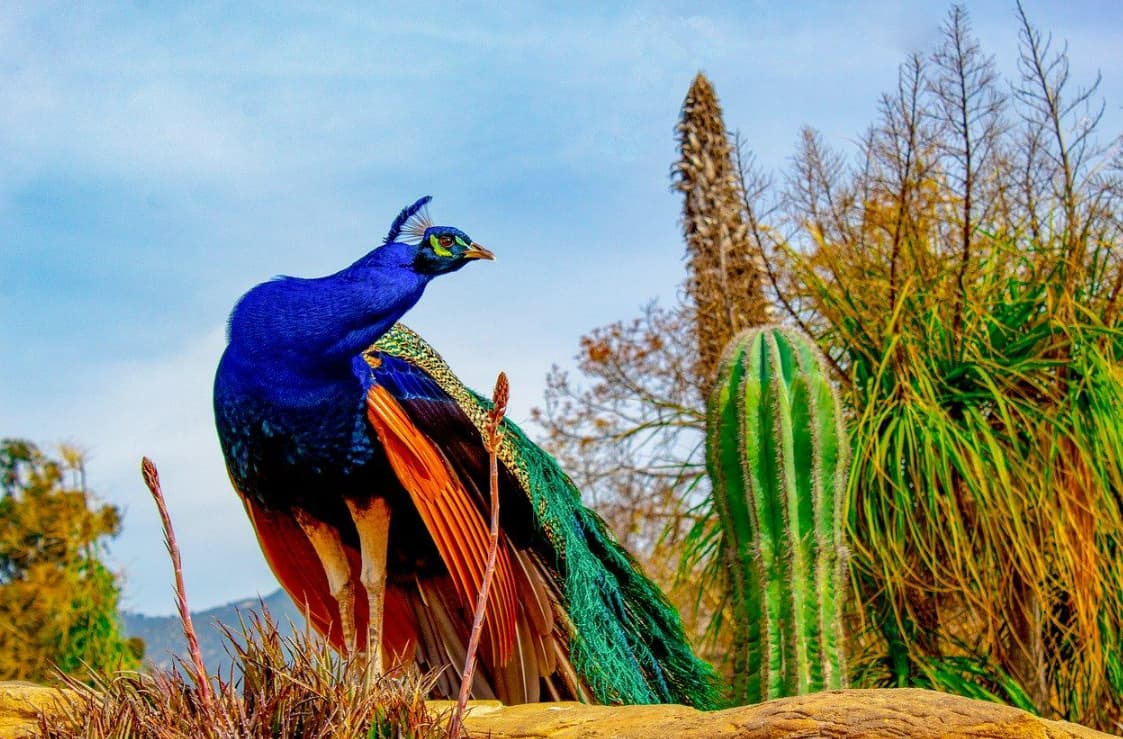
To sum up, the Asian peacock is an absolutely stunning creature that is adored by people from all around the globe. Its vibrant hues, intricate patterns, and graceful movements make it one of the most gorgeous birds that exist today. Whether it’s flaunting its feathers to impress a mate or simply lounging in the sun, the Asian peacock is a truly remarkable sight to see. As a cultural icon and a symbol of beauty, elegance, and wisdom, this magnificent bird will undoubtedly continue to captivate and inspire individuals for many generations to come.
